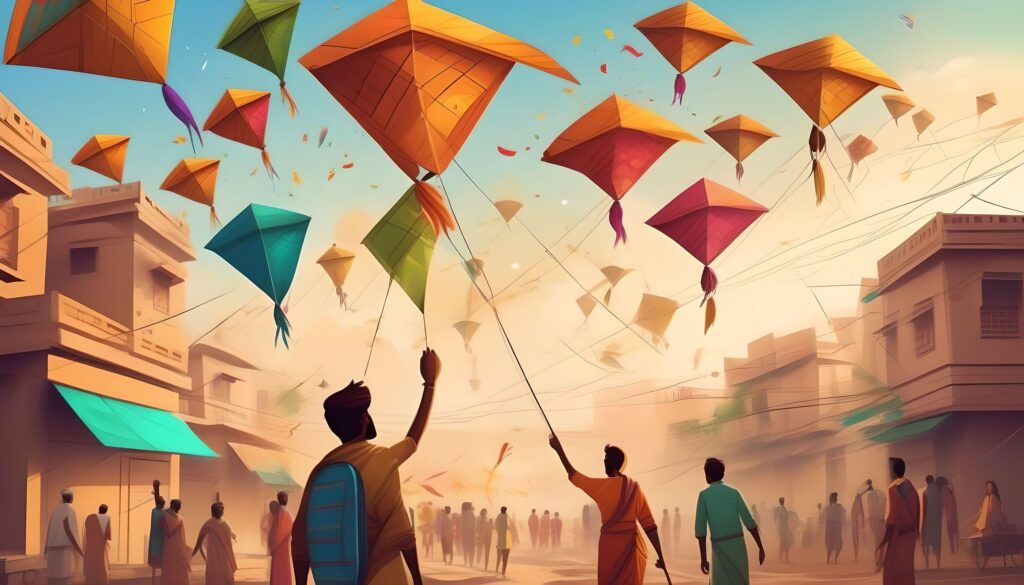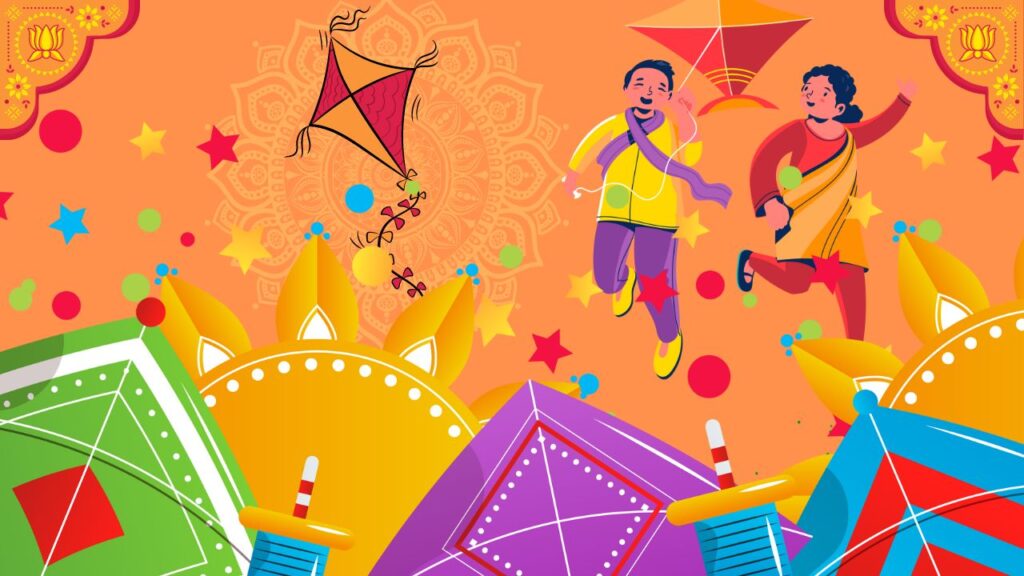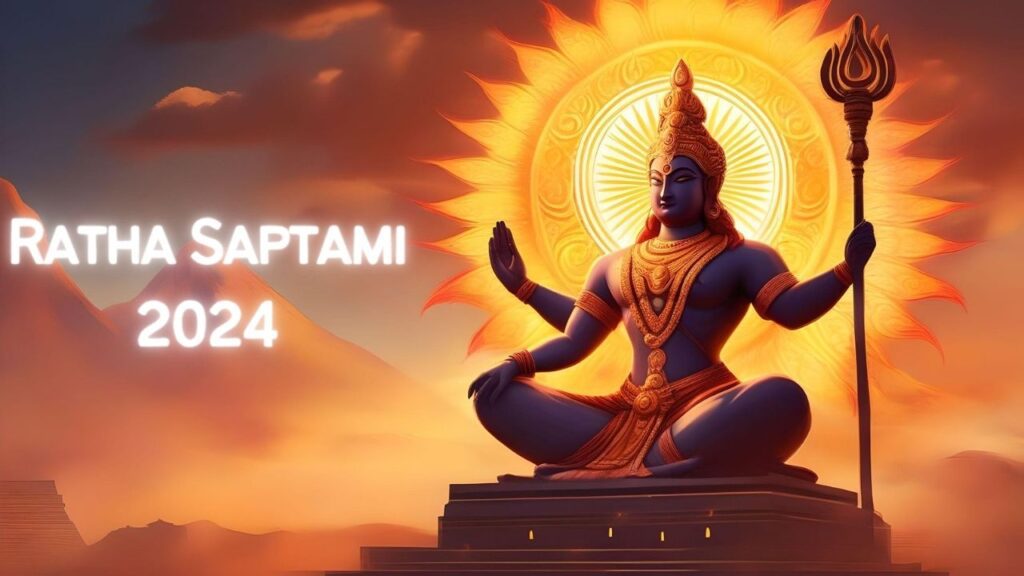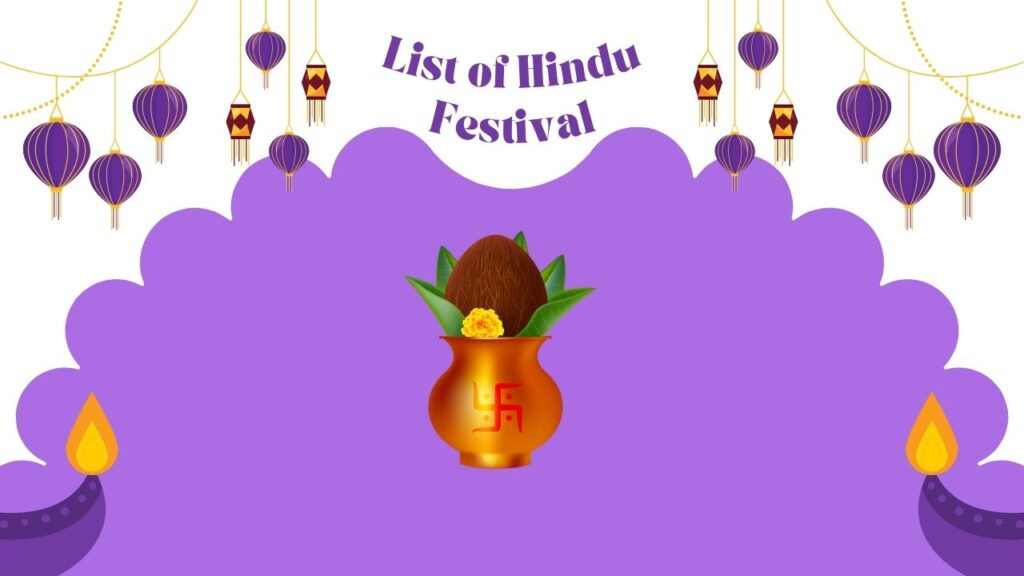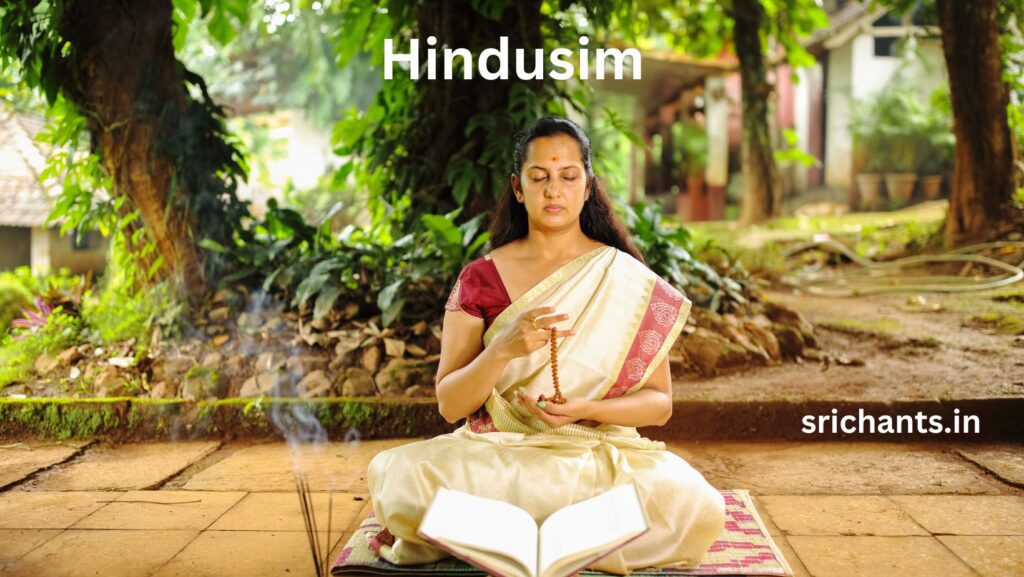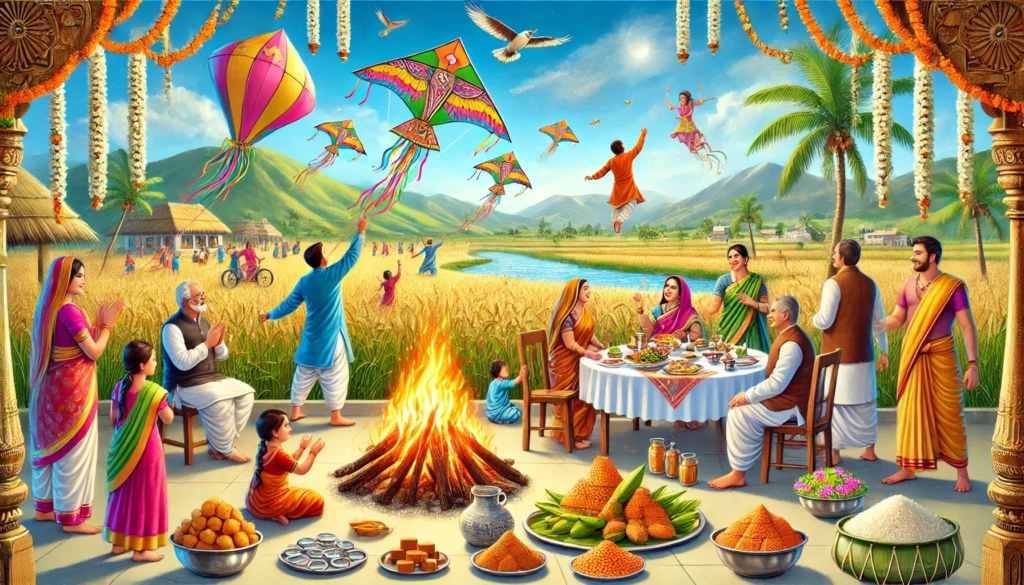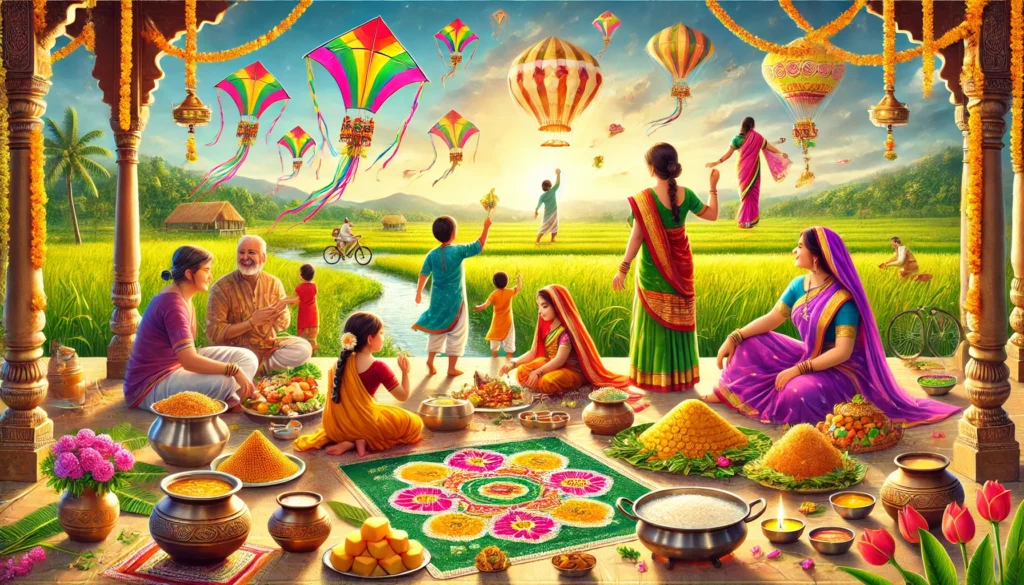Sankranti Festival 2025 : Unbelievable Sankranti Facts
Introduction
Among India’s many happy holidays, Sankranti stands out. Everyone looks forward to it since it signifies the passing of the winter solstice and the beginning of longer days. Different parts of India observe Sankranti in their own special ways, but it is distinctive since it is based on the solar calendar and always falls on January 14. At the same time that the sun enters Capricorn, this celebration marks the start of harvest season, when people give thanks to God and rejoice in the bountiful harvest that He has bestowed upon them.
The Astronomical and Religious Significance of Sankranti
With the Sun entering Capricorn (Makara Rashi), the Sanskrit term Sankranti, meaning “transition,” commemorates the passage of time into the zodiac. The Sun’s northward journey is known as Uttarayana, and this ceremony is associated with it. When compared to Dakshinayana, the southern trip of the Sun, the six months of Uttarayana are thought to be more auspicious by Hindus.
The Sun is a symbol of wisdom, strength, and illumination in Hinduism. On this auspicious day, believers pay homage to the Sun and ask for its blessings in the form of health, wealth, and the dissolution of difficulties. Additionally, today is considered a great day to start something new, go on an adventure, or make a major decision. The concept of overcoming spiritual and physical darkness is central to the spiritual significance of Sankranti.
Astronomical Importance
For scientists, the end of winter solstice is marked by the Sun’s movement into Capricorn. As the days grow longer, more sunshine reaches the northern hemisphere. Many cultures across the globe have observed and enjoyed this natural event for ages. There is a strong correlation between this solar event and the agricultural cycle in India.
Harvest Season
The harvest season begins with Sankranti. This celebration has been a time to rejoice over the abundant harvests that have kept people alive for generations. At this event, farmers show their appreciation for all their hard work by dining, offering thanks, and sharing what they’ve harvested with those in their community.
Celebrations Across India
1. Tamil Nadu – Pongal
Pongal is the name of the four-day holiday that Tamil Nadu celebrates in honor of Sankranti. As part of the pre-festival ritual known as Bhogi Pongal, individuals purge their homes of any unused or outdated belongings. The next day, Surya Pongal, is the festival’s primary event, when families prepare Pongal—a dish prepared with newly harvested rice, jaggery, and milk—and offer it to the Sun God. Cattle are worshipped on the third day, Mattu Pongal, for their agricultural roles, and on the last day, Kaanum Pongal, people visit friends and family, exchanging sweets and presents.
Ceremonies during Pongal pay homage to the Sun, the land, and the animals that provide labor for the harvest. There is a stronger sense of togetherness and camaraderie in the air as a result of the celebration.
2. Punjab – Lohri and Maghi
There are two elements to the Punjabi celebration of Sankranti: the pre-festival ritual known as Lohri and the festival itself, known as Maghi.
During the Lohri festival, families congregate around a big fire and throw sugarcane, sesame seeds, and jaggery on top of the embers. As a result, bad energy is being extinguished and good energy is being welcomed. In addition, the Bhangra dance, traditional melodies, and harvest festivals are observed.
Sankranti is formally celebrated on the following day, Maghi. As a means of self-purification, many flock to sacred rivers for baths, the most well-known of which being the Sangam in Prayagraj. Typical dishes served during this period include maize bread (makki di roti) and mustard greens (sarson da saag).
3. Gujarat – Uttarayan
Kite flying is a major part of the Gujarati celebration of Sankranti, known as Uttarayan. There are brightly colored kites in the sky, and people of all ages are cutting each other’s kites in friendly contests. Families and friends assemble on rooftops to enjoy the event, which starts early in the morning and goes into the evening.
The traditional fare includes dishes like undhiyu, a vegetable dish, and jalebi, a sweet dessert. Giving to those in need is another way that Uttarayan celebrates the virtues of sharing and generosity.
4. Assam – Magh Bihu
Magh Bihu is the name of the celebration in Assam. For the Assamese people, it signifies the start of a new year and the conclusion of harvest season. A bonfire, traditional Assamese folk dances, and a feast are the hallmarks of this celebration.
Bhelaghar are temporary huts that people construct and gather in to celebrate the harvest by cooking and eating together. The traditional rice cakes (pitha) and sweetened rice (payesh) are cooked and enjoyed with family and friends.
5. Maharashtra – Tilgul Tradition
Tilgul, sweets made with sesame and jaggery, are the focal point of Sankranti celebrations in Maharashtra. An old greeting from the period goes something like, “Tilgul ghya, god god bola,” which translates to, “Take this sweet and speak sweetly.” Peace, generosity, and friendliness are the cornerstones of this greeting.
Sweets like tilgul laddoos, which are balls of sesame and jaggery, are shared among family members. Temple visits are also a part of the event, with visitors praying and performing rites to the Sun God.
Rituals and Customs
1. Flying Kites
Many Indian states, including Gujarat, Rajasthan, and Maharashtra, include kite flying in their Sankranti celebrations. A wide range of ages take to the roofs, sending colorful kites soaring through the air. The kite festival is more than just a good time; it also represents a spiritual uplift and the arrival of fresh starts.
2. Offering Prayers to the Sun
People worship the Sun with flowers and water on Sankranti. It is thought that this rite will bring about a period of abundant wealth. For Hindus, who see the Sun as the giver of all things living and energizing, this ritual holds great significance.
3. Charity and Donations
The Sankranti tradition places a strong emphasis on acts of charity. People help those in need by donating money, clothing, and food. A more generous and caring community can be the result of this act of generosity.
4. Feasting and Sharing
In honour of Sankranti, a time for feasting, people from all around the country prepare traditional dishes. Pongal is the national food of Tamil Nadu, whilst undhiyu and jalebi are popular Gujarati dishes. In the winter, sesame and jaggery are ubiquitous ingredients across the nation, representing warmth, energy, and good health.
The Cultural and Social Impact of Sankranti
In addition to its religious and agricultural significance, Sankranti has far-reaching social and cultural effects. By bringing people together, the event fosters community involvement and strengthens social ties. Sharing tilgul in Maharashtra, community feasts in Assam, and family gatherings in Tamil Nadu are all ways that people come together during Sankranti to connect, rejoice, and commemorate the bounties of life.
Nature, agriculture, and environmental protection are all highlighted throughout the event, which is a great way to keep them in mind. The message is clear: take care of the planet, value its resources, and help your neighbors.
Conclusion
Sankranti Festival is a significant celebration in India, marking the passing of the winter solstice and the beginning of harvest season. It is based on the solar calendar and falls on January 14. The festival is associated with the Sun’s northward journey, Uttarayana, and is considered more auspicious by Hindus. Sankranti is a time to pay homage to the Sun, the land, and the animals that provide labor for the harvest.
Celebrations across India include Pongal in Tamil Nadu, Lohri and Maghi in Punjab, Uttarayan in Gujarat, Magh Bihu in Assam, and Tilgul Tradition in Maharashtra. In Tamil Nadu, people purge their homes of unused or outdated belongings, prepare Pongal, worship cattle, and visit friends and family. In Gujarat, kite flying is a major part of the festival, with families cutting each other’s kites in friendly contests.
In Assam, the celebration signifies the start of a new year and the conclusion of harvest season. A bonfire, traditional Assamese folk dances, and feast are hallmarks of the celebration. Tilgul, sweets made with sesame and jaggery, are the focal point of Sankranti celebrations in Maharashtra.
Rituals and customs include flying kites, offering prayers to the Sun, charity and donations, and feasting and sharing. Sankranti also has a strong cultural and social impact, fostering community involvement and strengthening social ties. Sharing tilgul in Maharashtra, community feasts in Assam, and family gatherings in Tamil Nadu are ways people come together to connect, rejoice, and commemorate the bounties of life.
Nature, agriculture, and environmental protection are all highlighted throughout the event, emphasizing the importance of taking care of the planet, valuing its resources, and helping neighbors.

